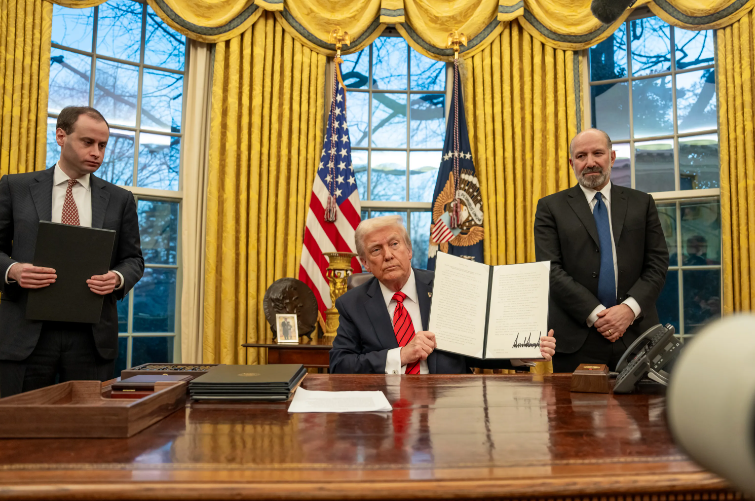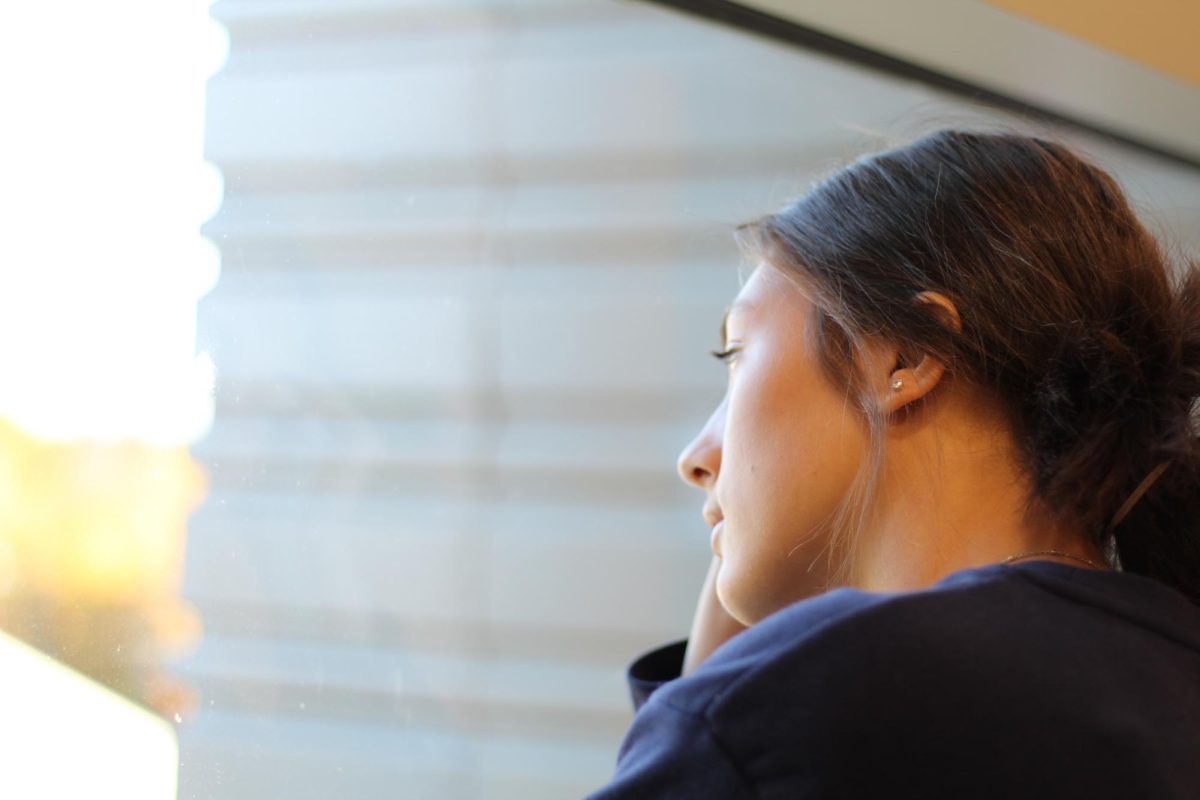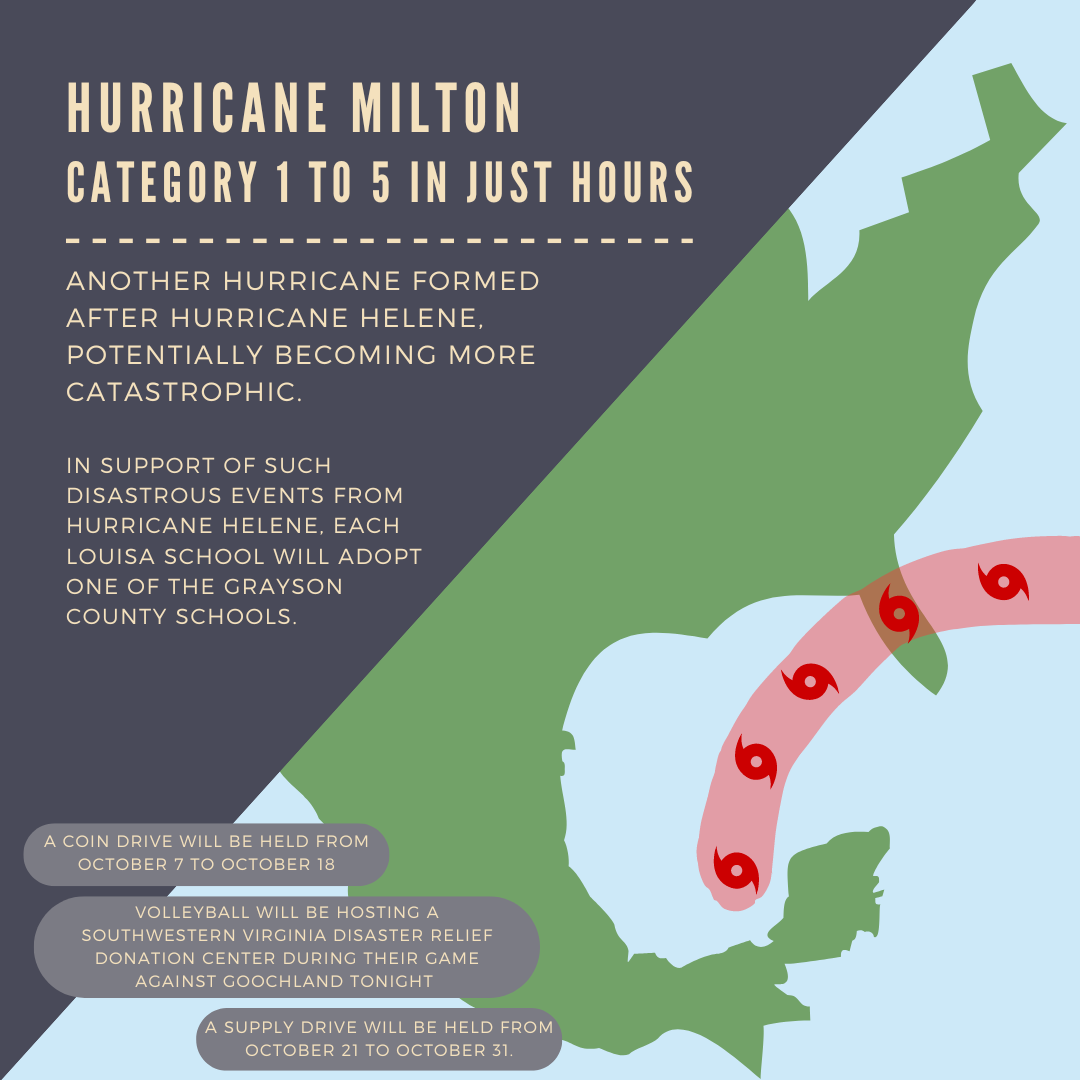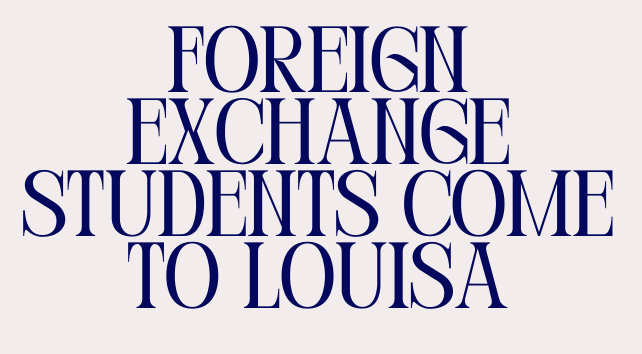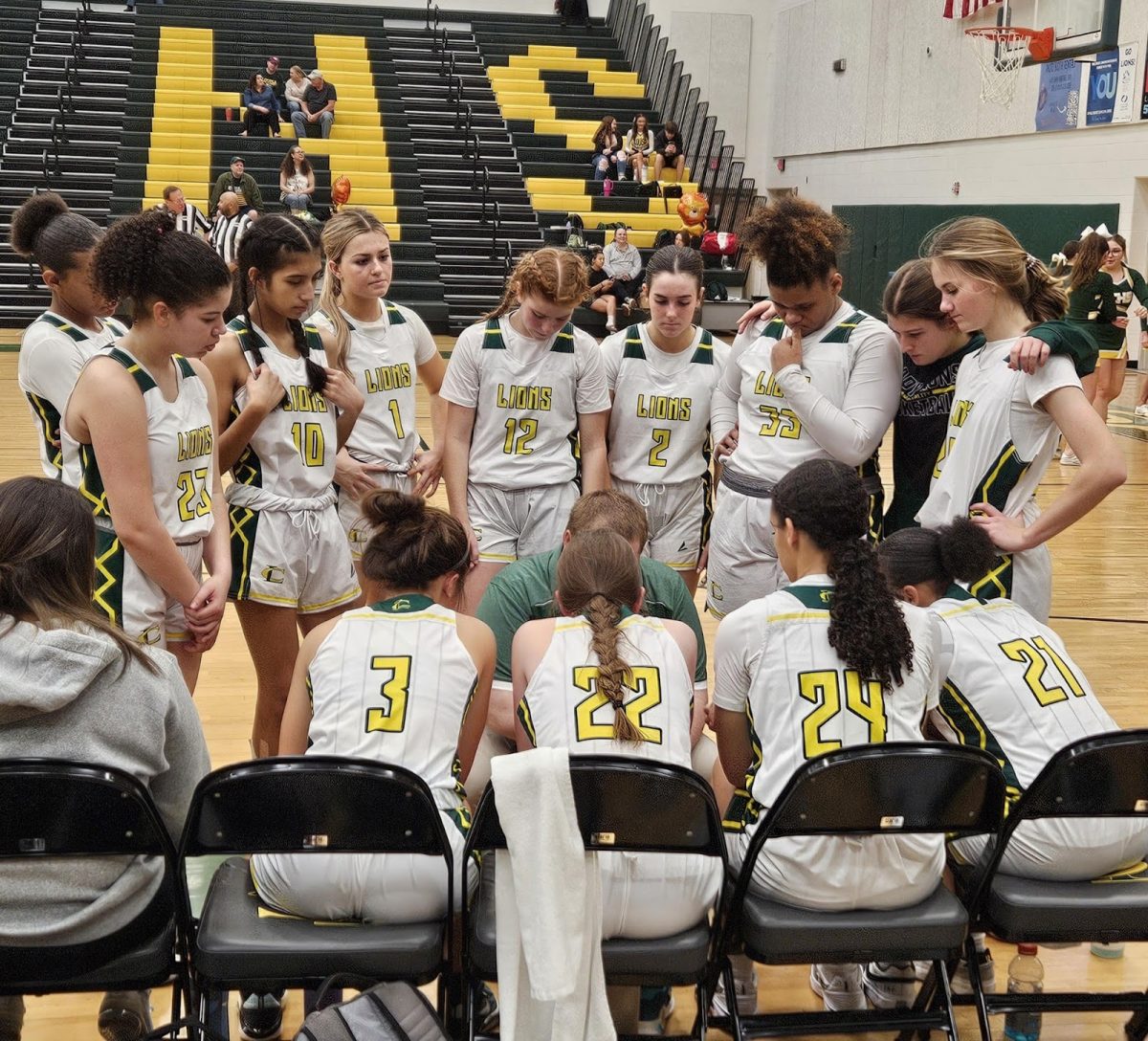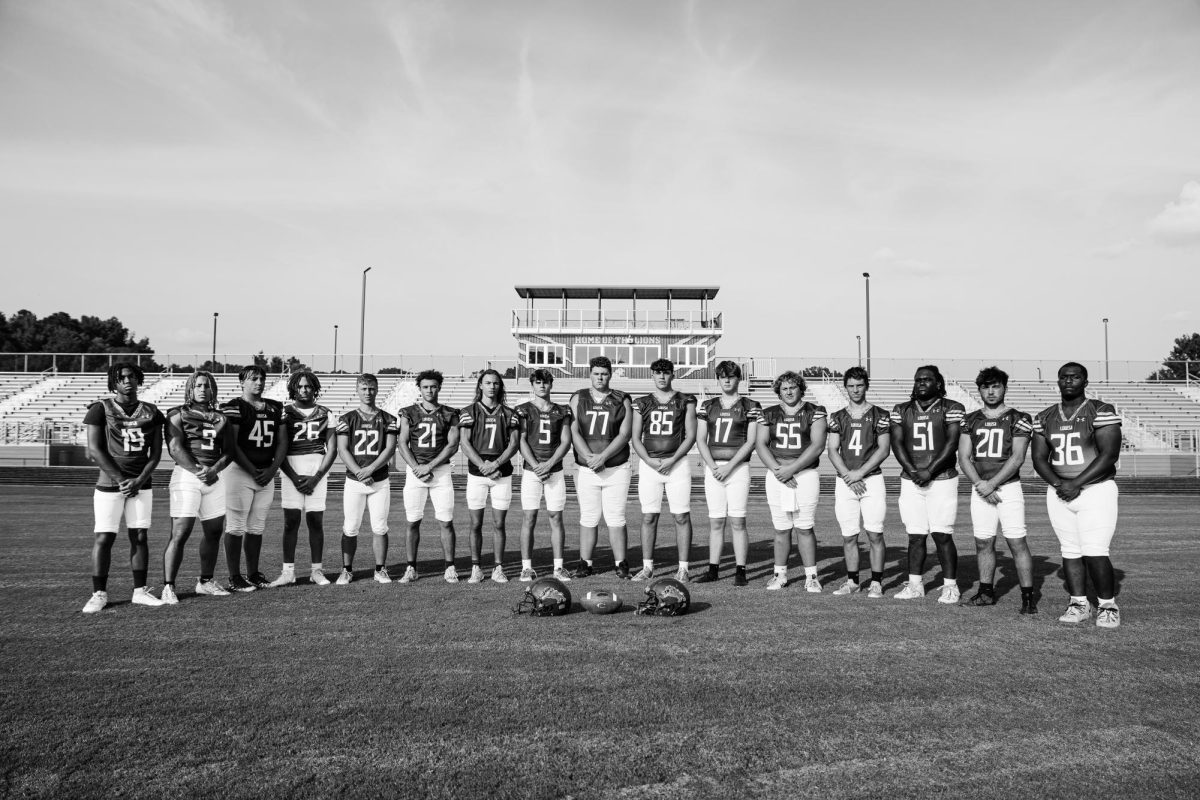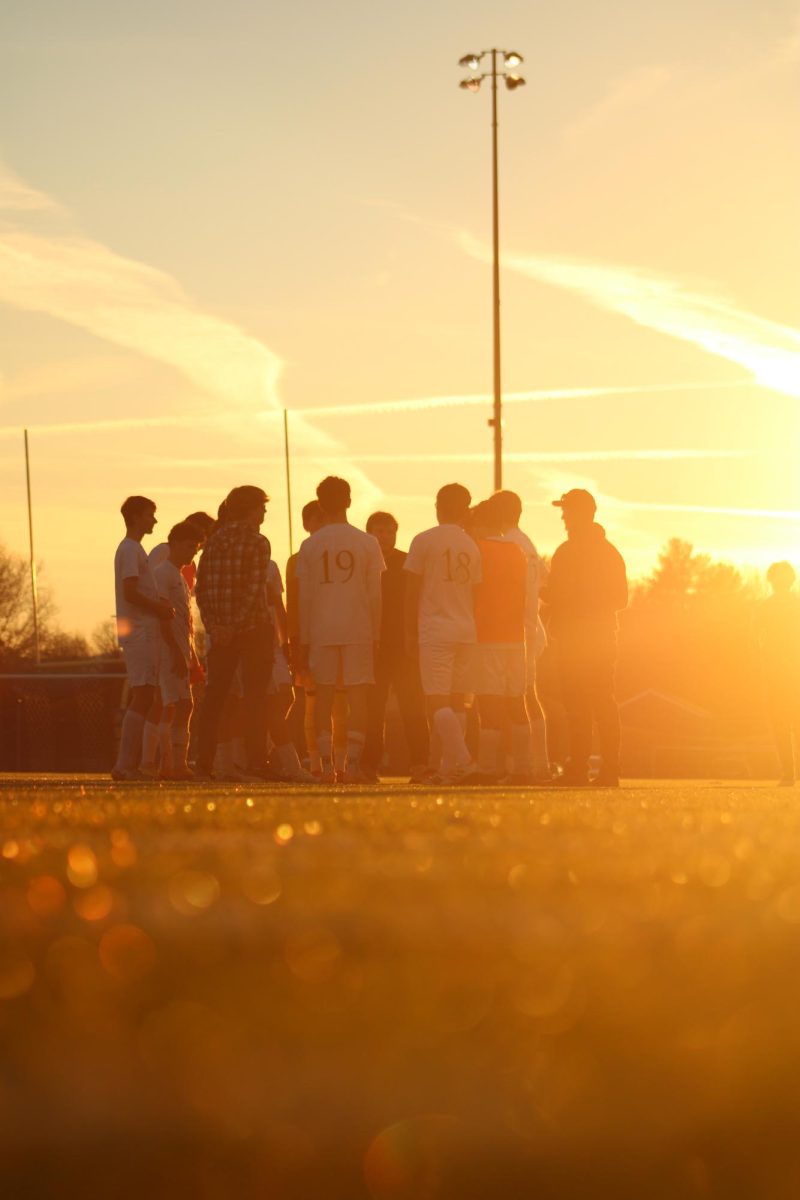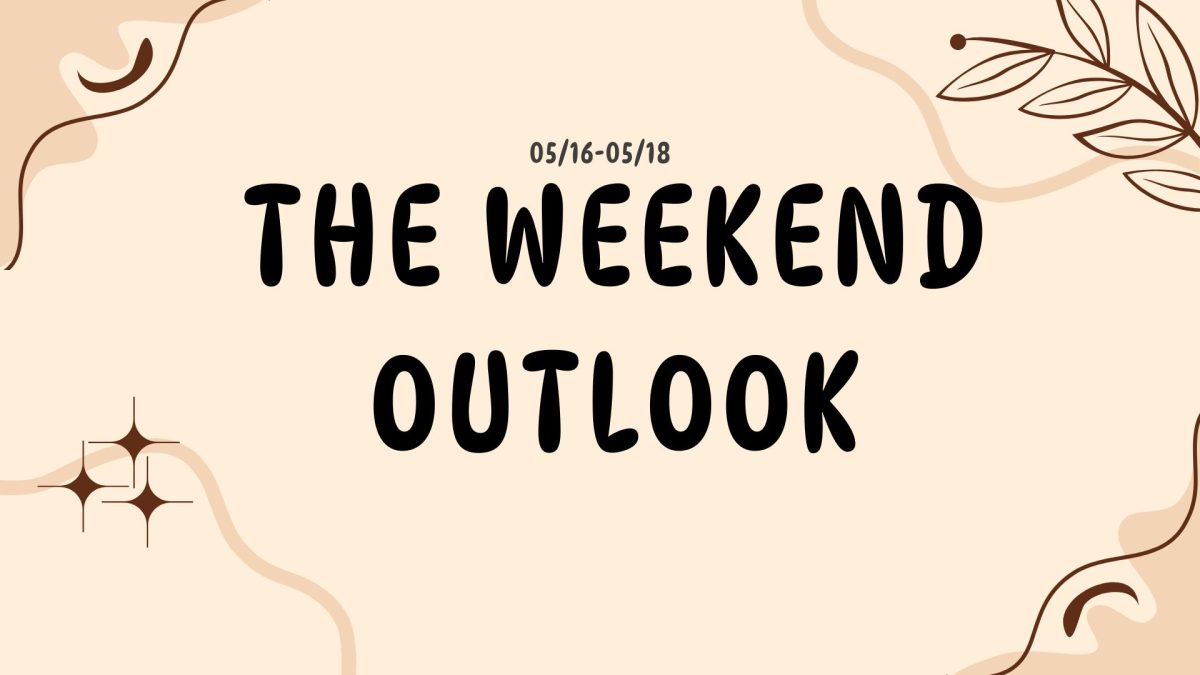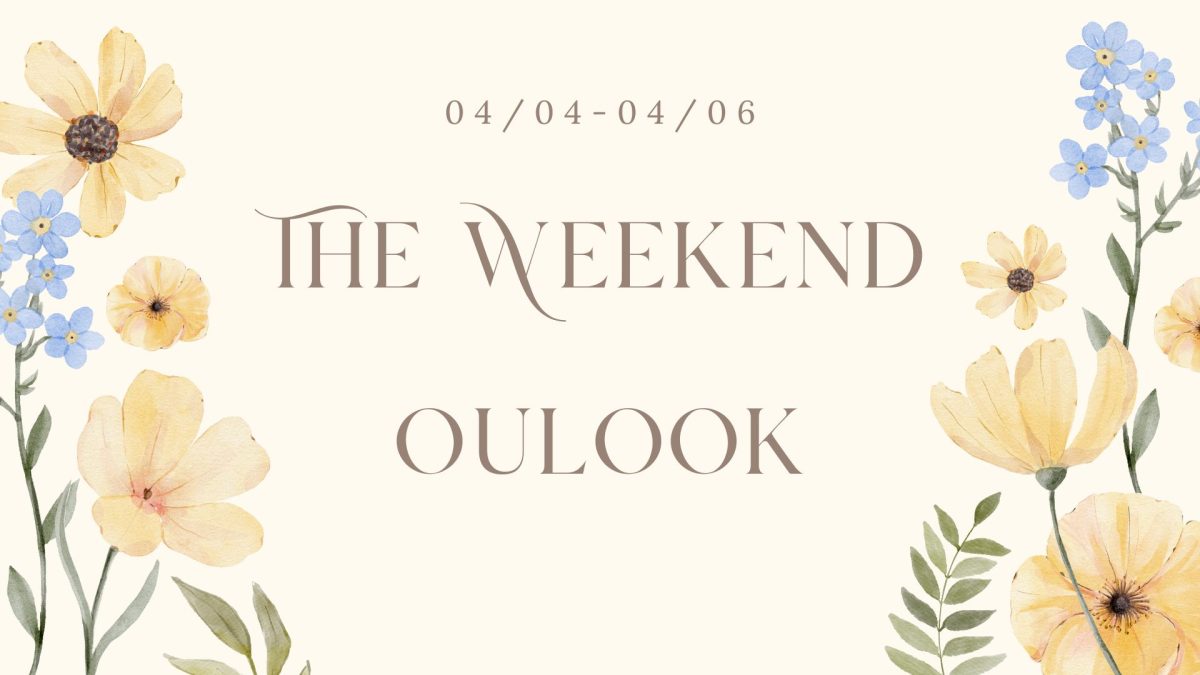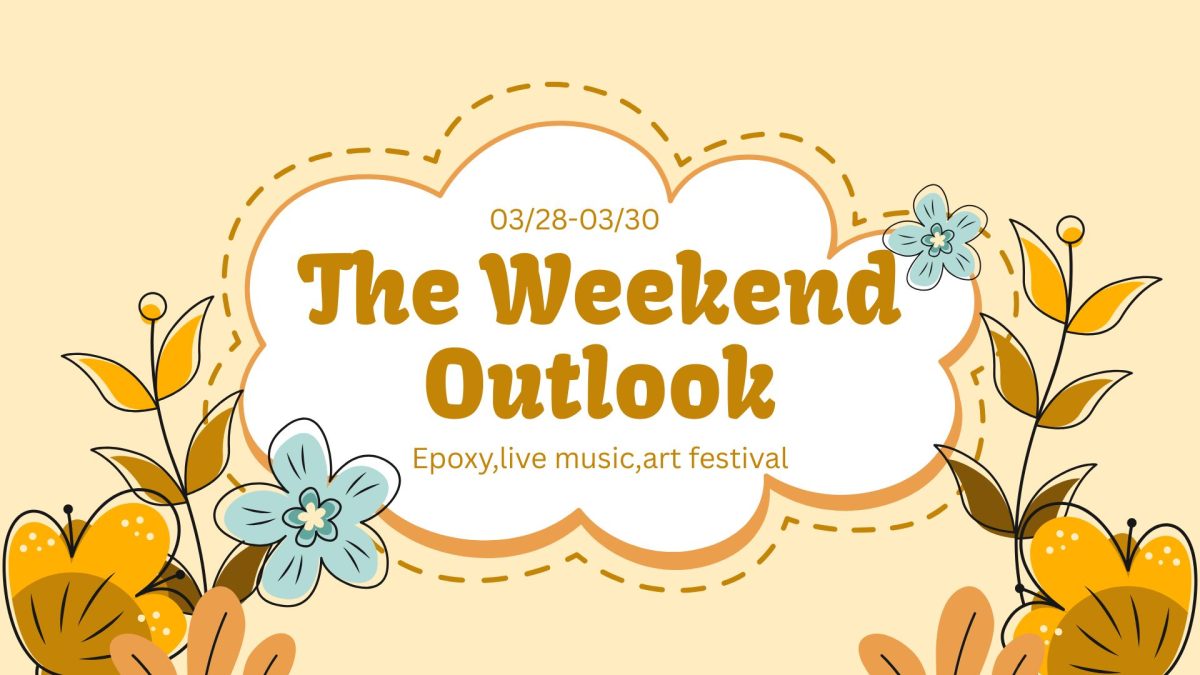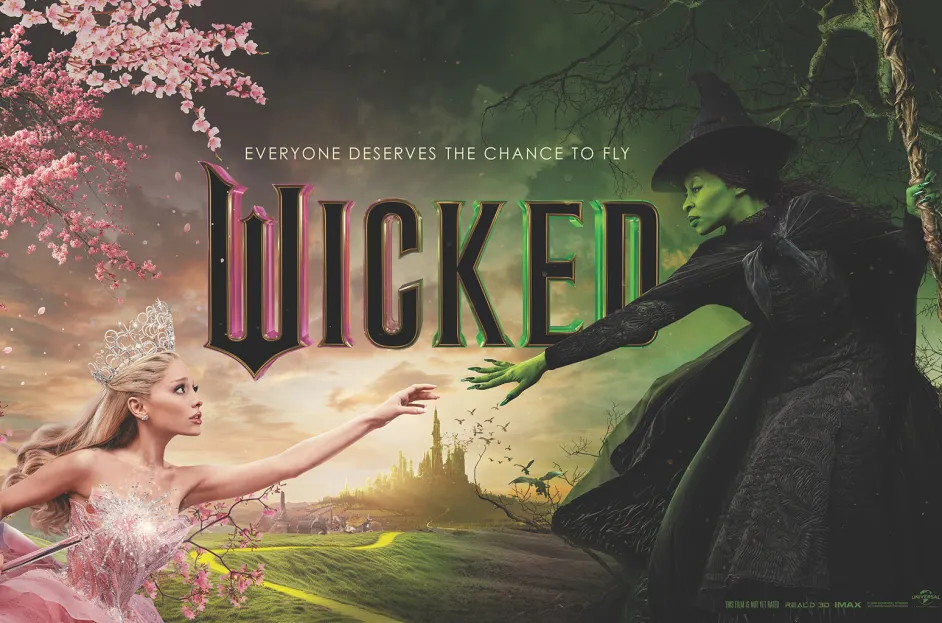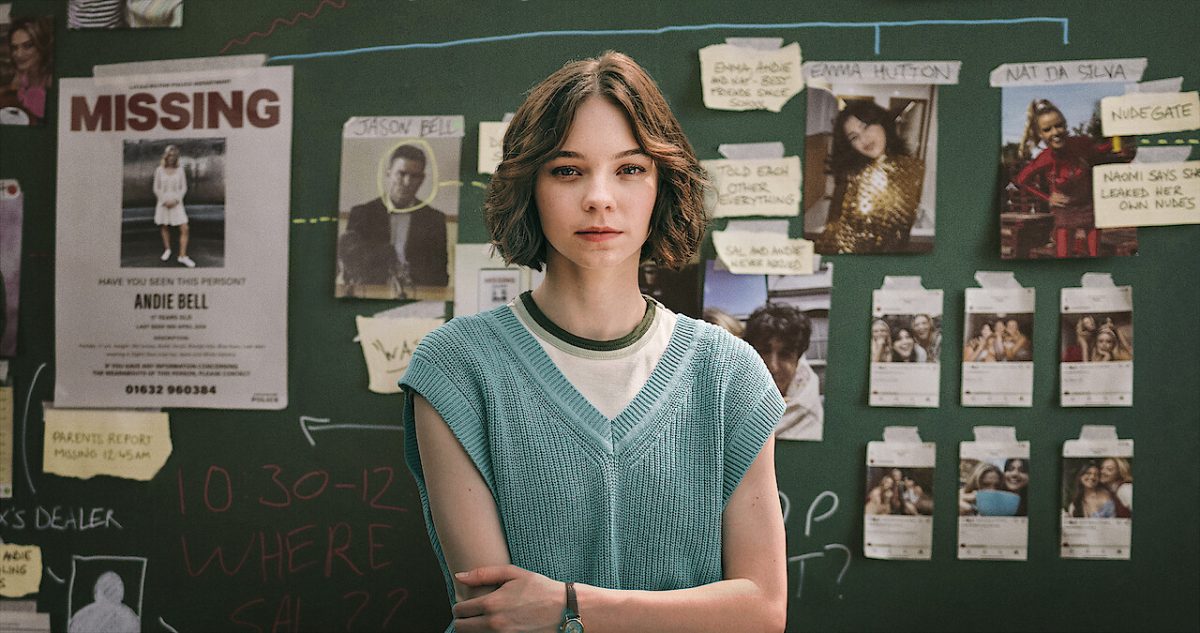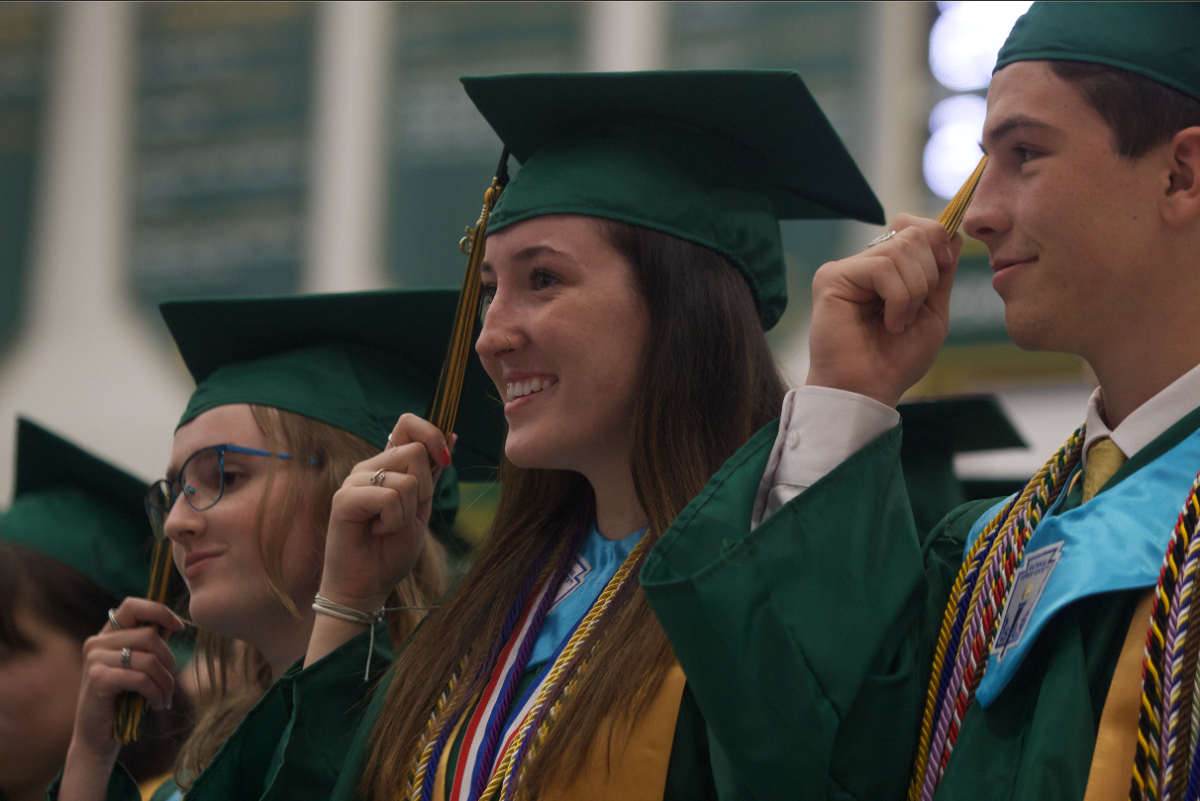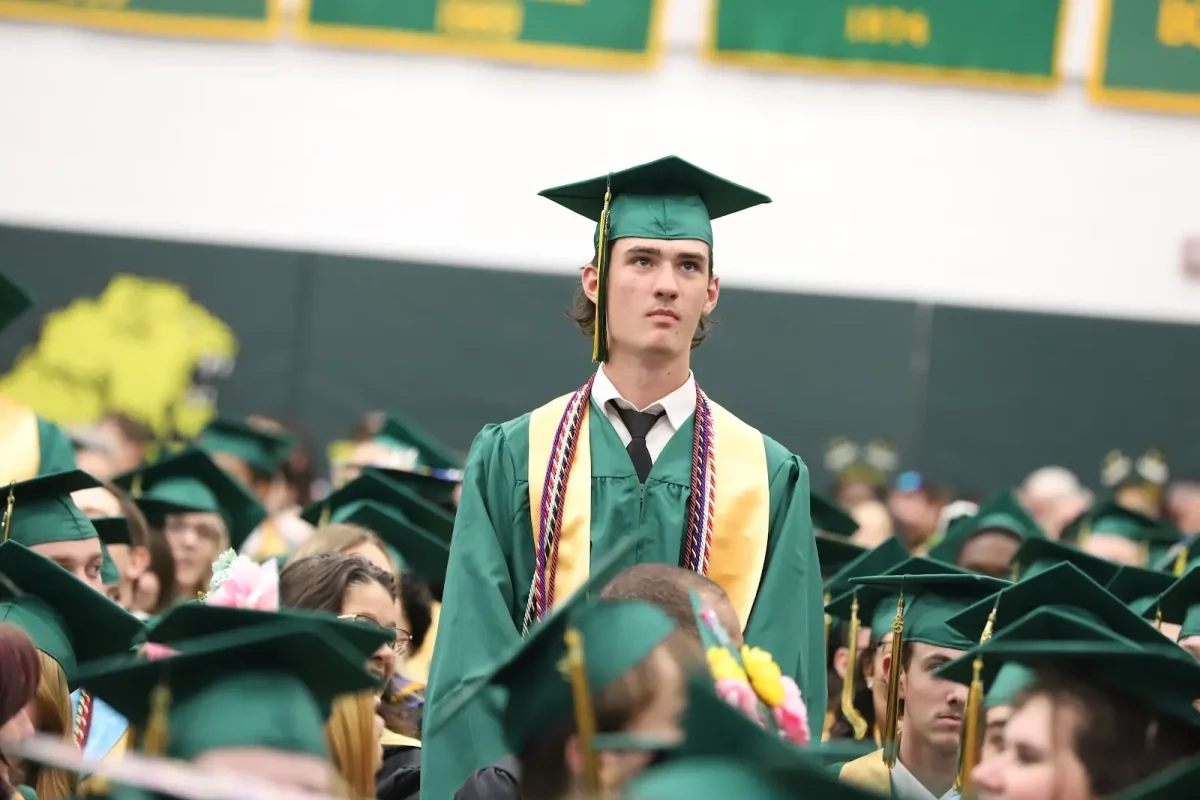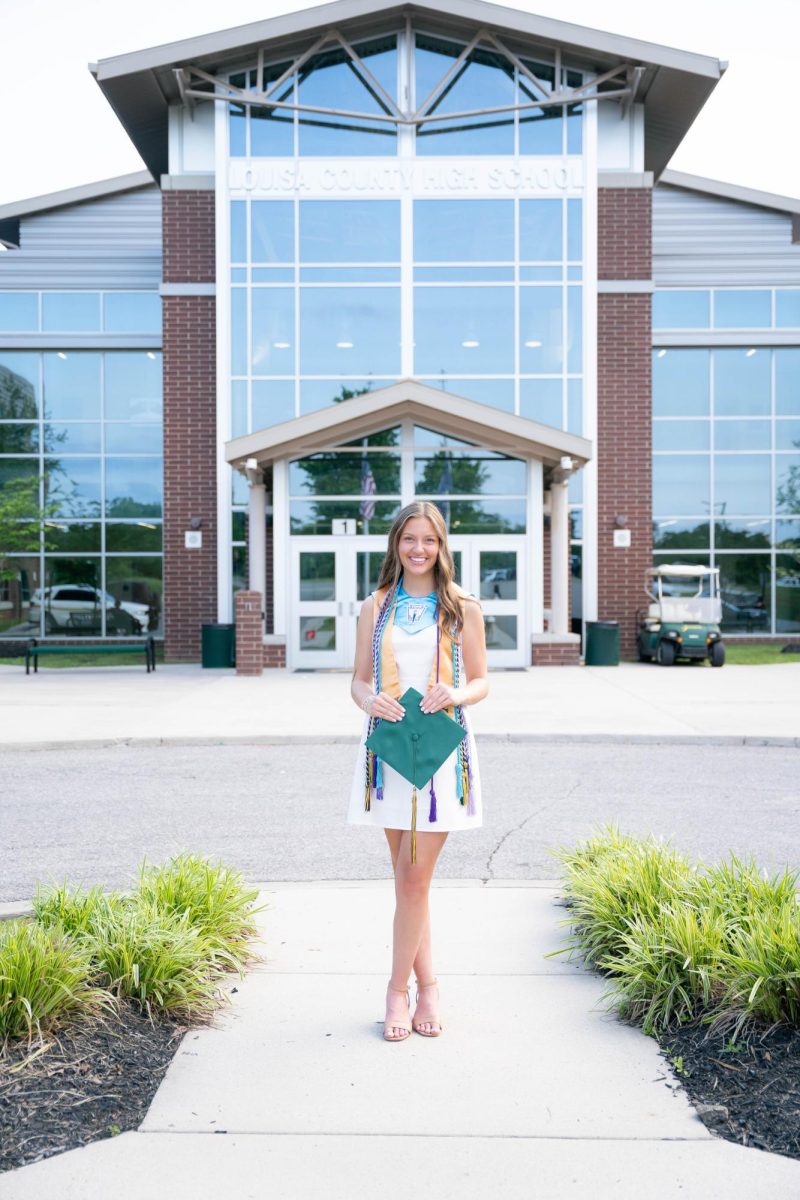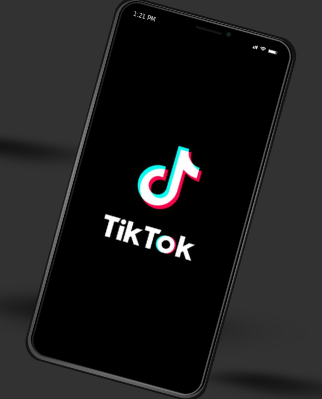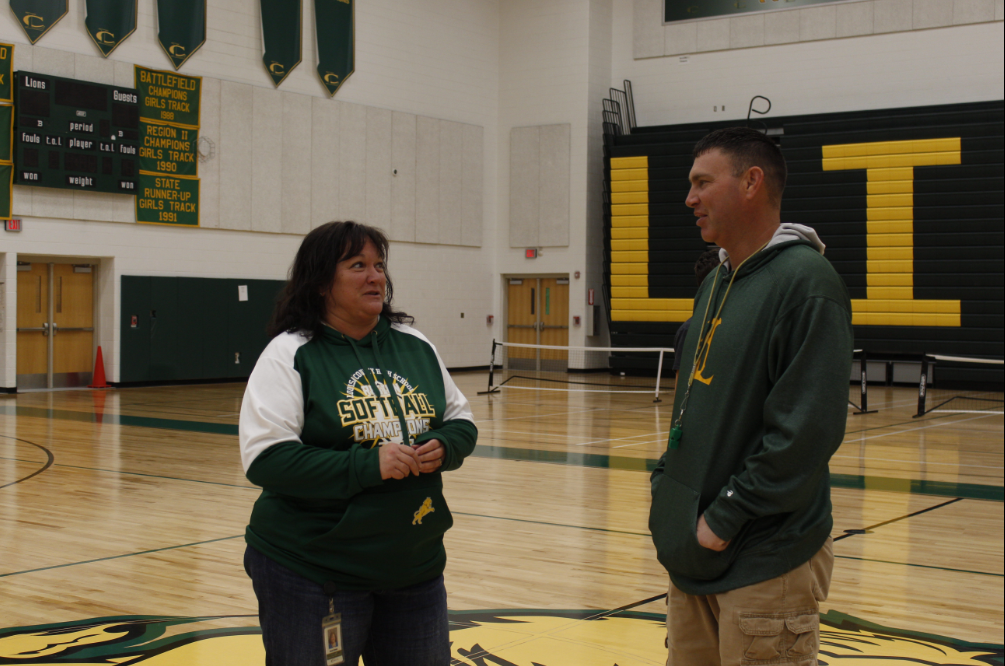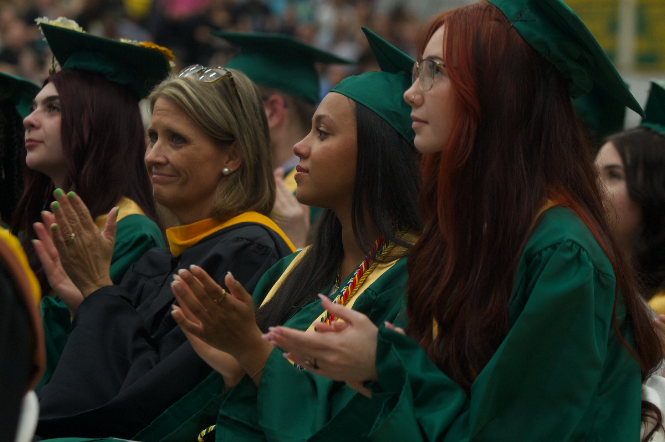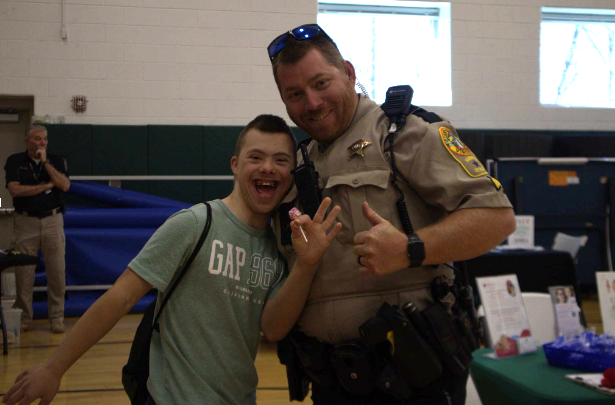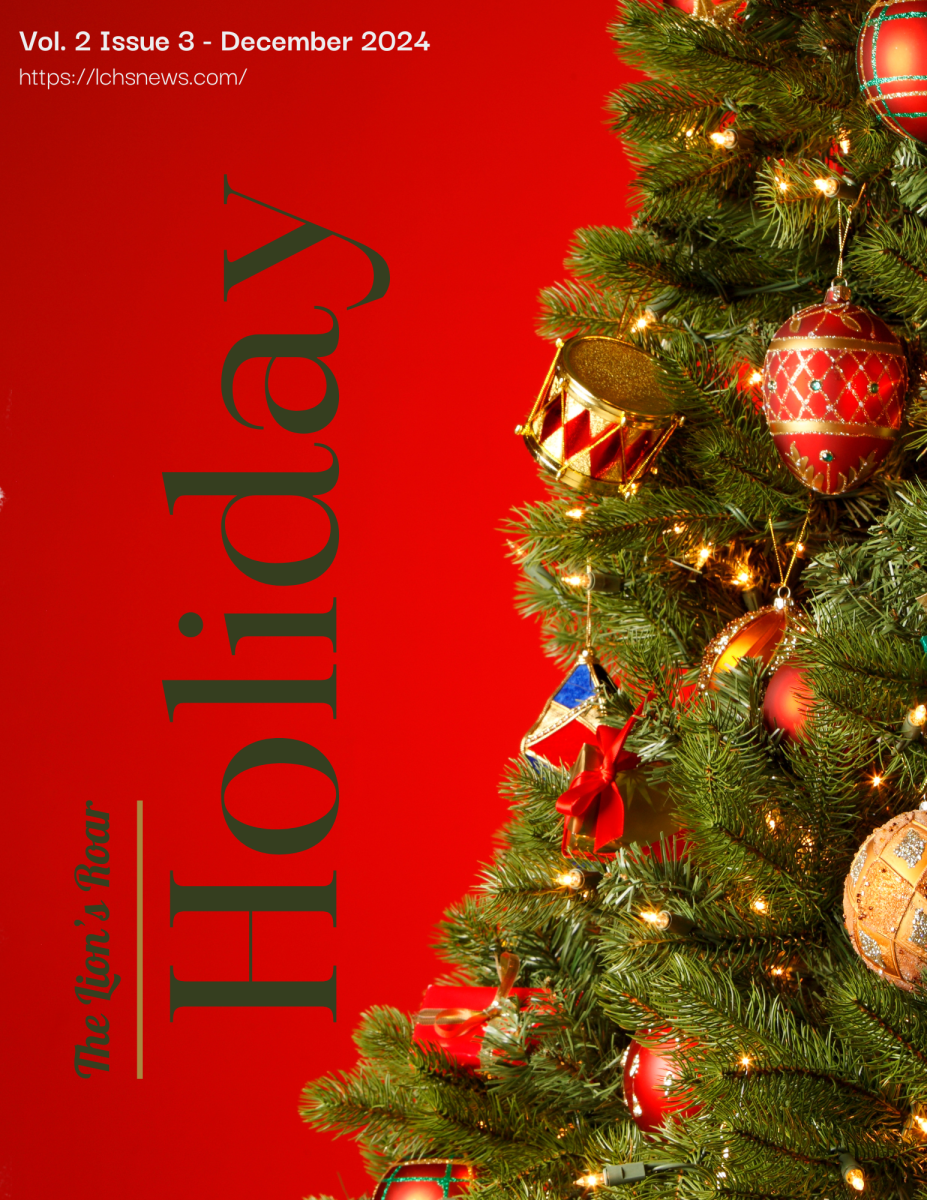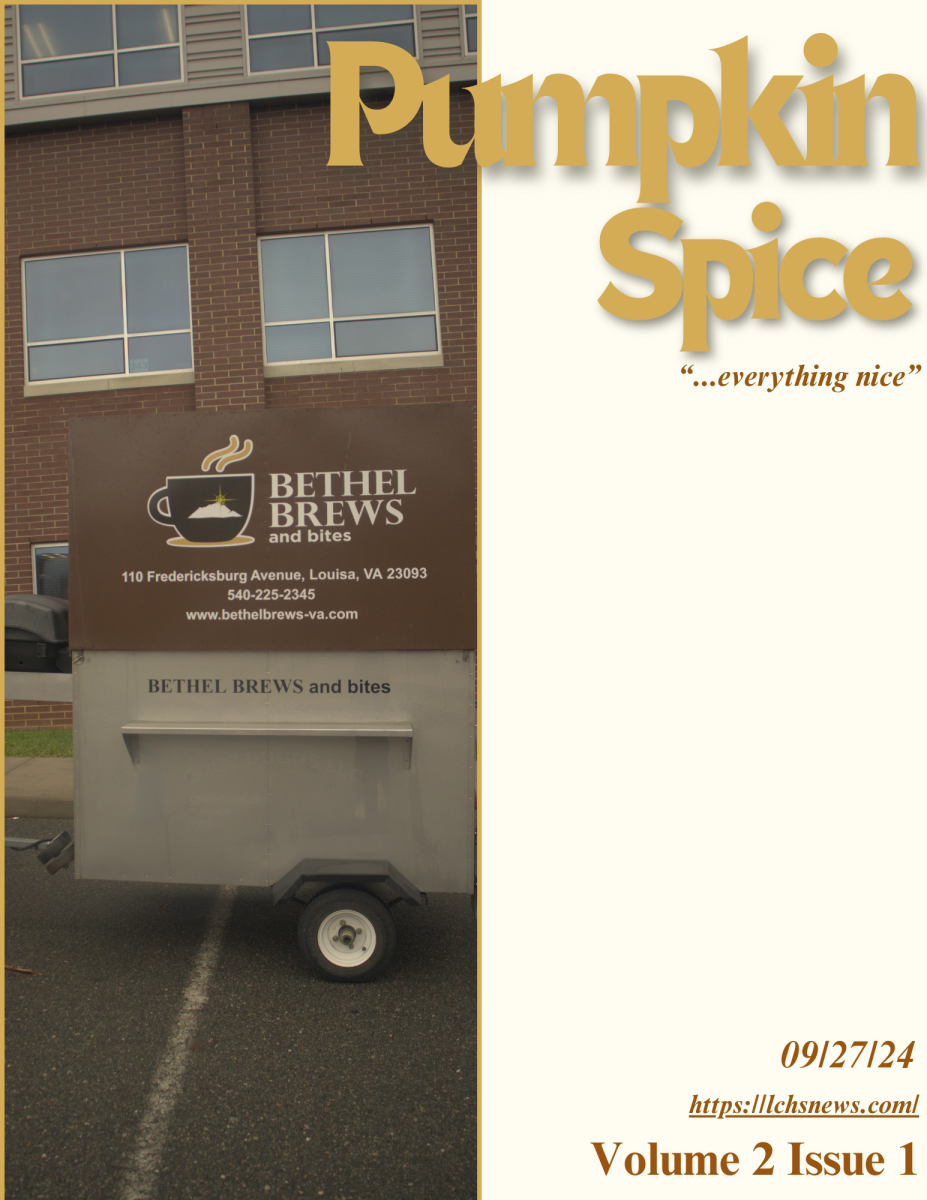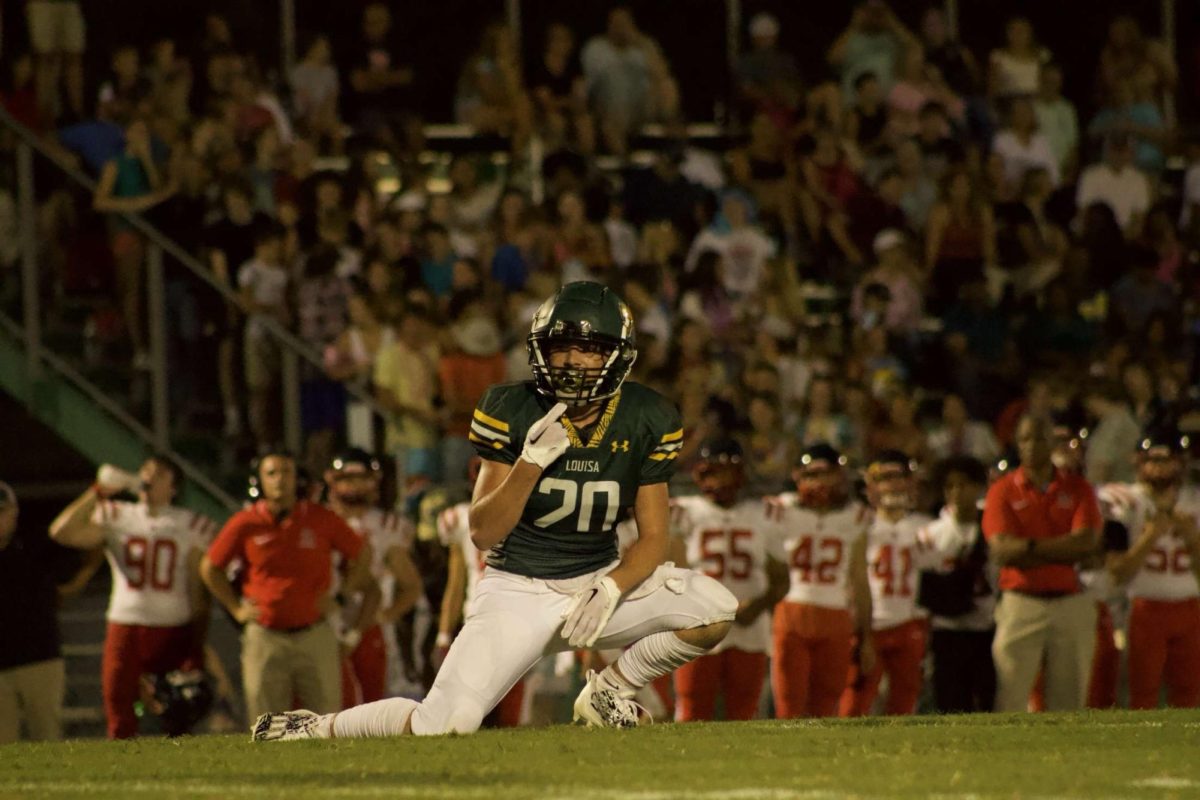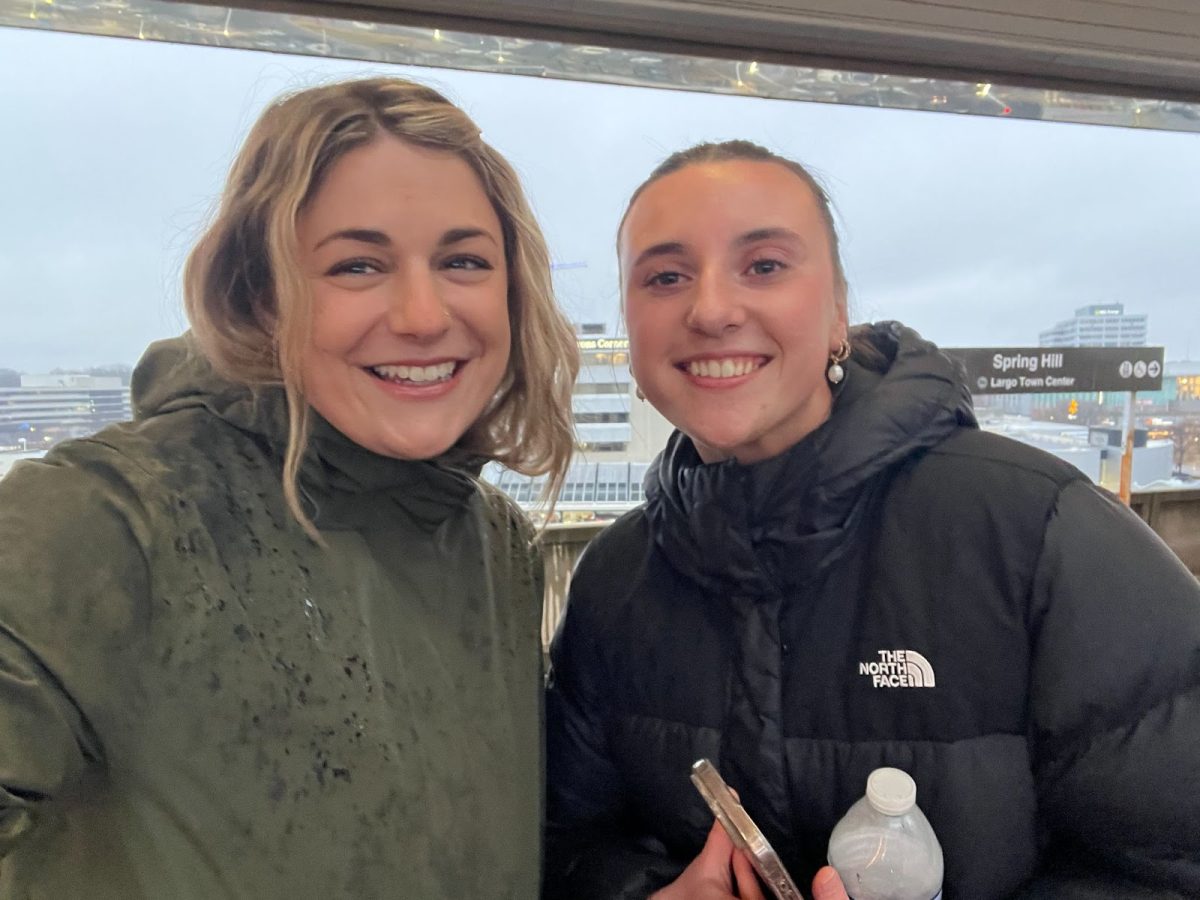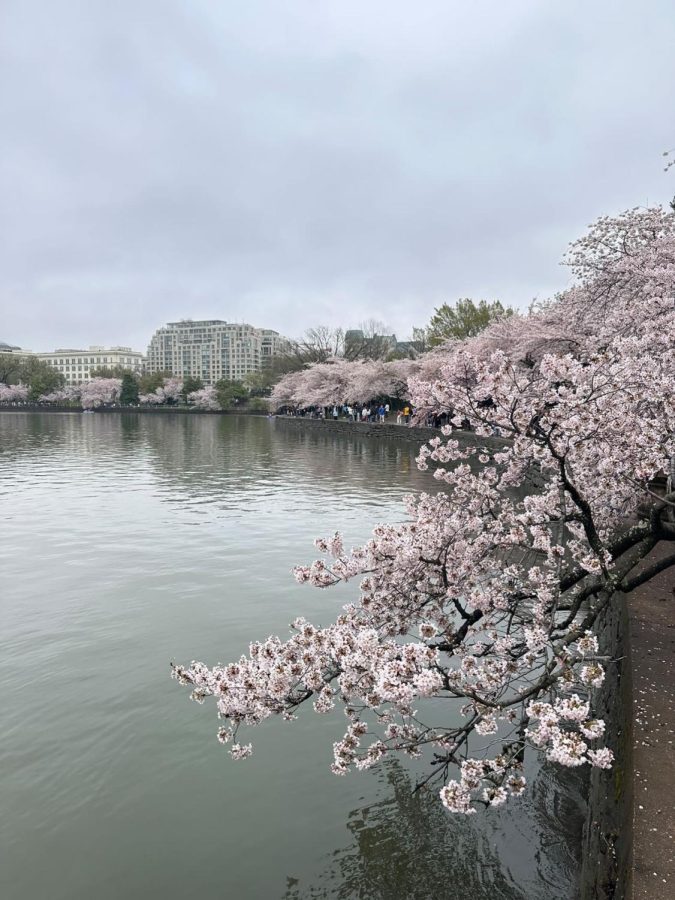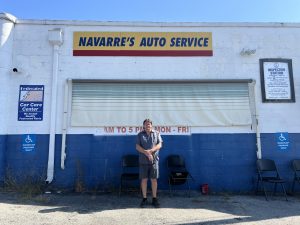History of Cherry Blossoms
April 5, 2023
A beautiful gift and a timeless tradition of nature are cherry blossoms. According to the National Park Services. These trees came as a gift from Japan in 1912 to symbolize the newfound friendship with the United States. March 26, 1912, 3,020 cherry blossom trees of all different variants, arrived in Washington DC. On March 27, 1912, first lady Helen Herron Taft, and Viscountess Chinda, wife of the Japanese Ambassador, planted the first two trees on the northern side of the Tidal Basin. Between 1913-1920 workers planted cherry blossom trees in the same location.
For over a century, the people of the United States celebrated the annual blooming of these trees. These trees bloom toward the end of March and the beginning of April.
Dogwood trees were sent as a gift to Japan from Taft as a gift of gratitude in 1915.
The first Cherry Blossom Festival was held in 1935 and the Festival was sponsored by civic groups since then it has become an annual event. Today, thousands of people gather in Washington DC to participate in activities and watch the trees bloom with many events such as ceremonies, the Pink Tie Party, the national cherry blossom festival parade with much more.
From 1942-1947 the cherry blossom festival wasn’t held due to World War 2.
In 1965, the Japanese government gave another gift of a cherry blossom tree to the first lady, Lady Bird Johnson. These trees were planted by Lady Bird Johnson and the wife of the Japanese ambassador, Ryuji Takeuchi. This commemorated the original ceremony of the first trees which were planted in 1912.
In 1982, a river flooded, and Japanese horticulturalists came to Washington D.C. to help preserve them. Time went on and the trees began to regrow, and every year after they’ve still continued to bloom. During peak blossom expect travel delays and if traveling to D.C. and consider using the metro.





